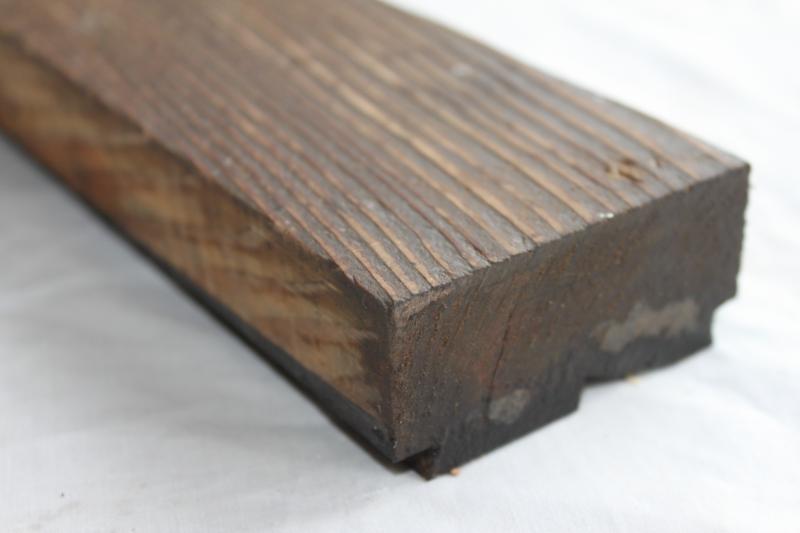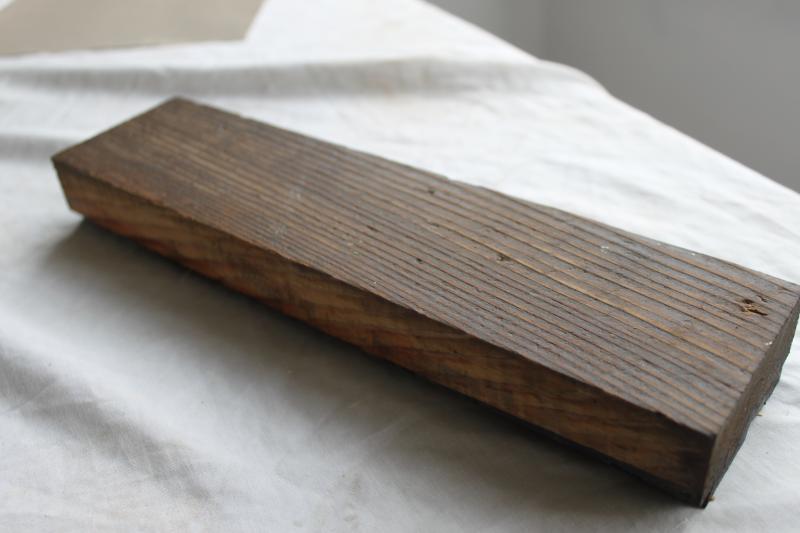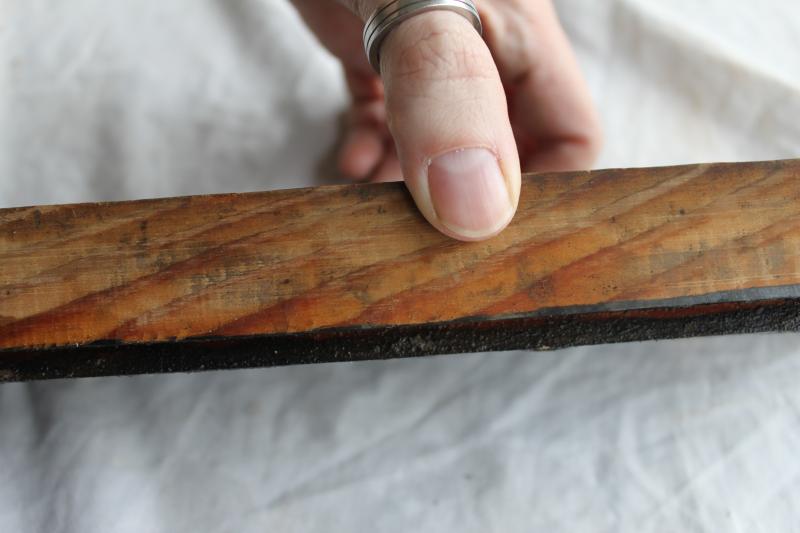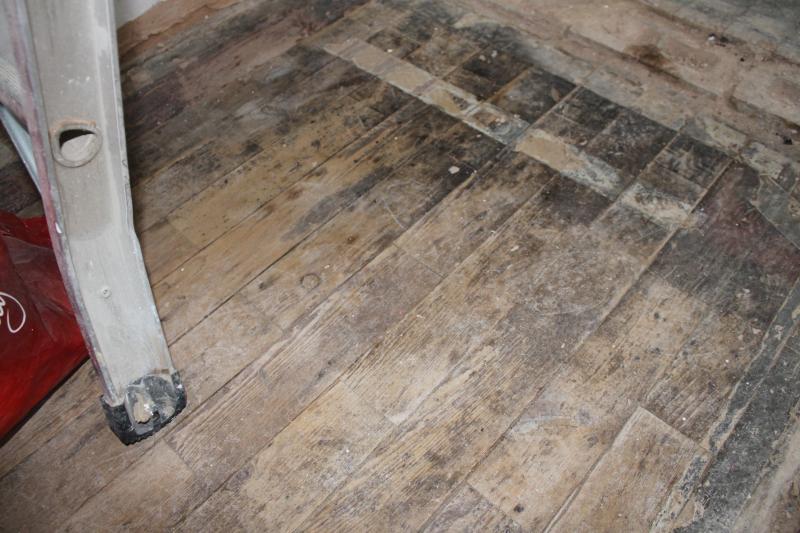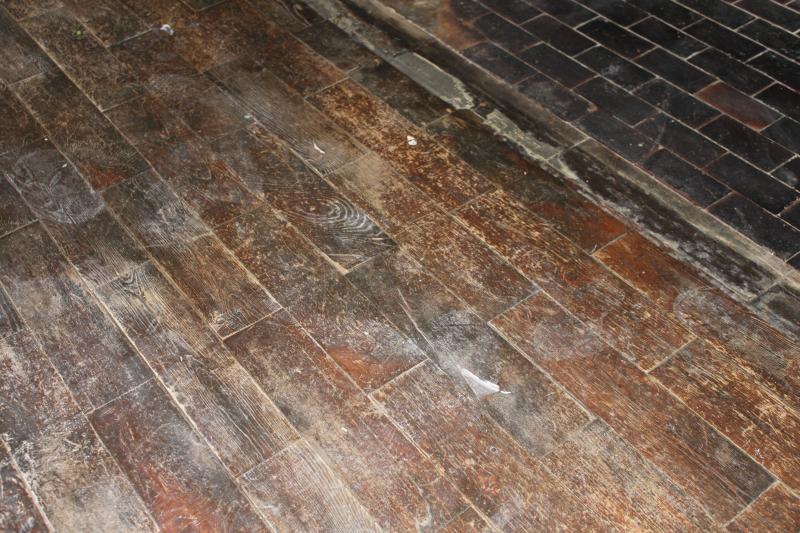Our new house has original wooden flooring throughout the ground floor but it all needs to be taken up, levelled and restored.
There are a couple of photos below. I would appreciate any advice with any of the following:
1 - Can anyone confirm what wood these are?
2 - Advice for levelling the floor - can I use a self levelling compound? A builder said I should use sheets of ply at different thicknesses but this sounds like a nightmare over such a large area with subtle differences in heights.
3 - Advice for removing bechamin, nails and sanding/sealing
Thanks in advance
There are a couple of photos below. I would appreciate any advice with any of the following:
1 - Can anyone confirm what wood these are?
2 - Advice for levelling the floor - can I use a self levelling compound? A builder said I should use sheets of ply at different thicknesses but this sounds like a nightmare over such a large area with subtle differences in heights.
3 - Advice for removing bechamin, nails and sanding/sealing
Thanks in advance




